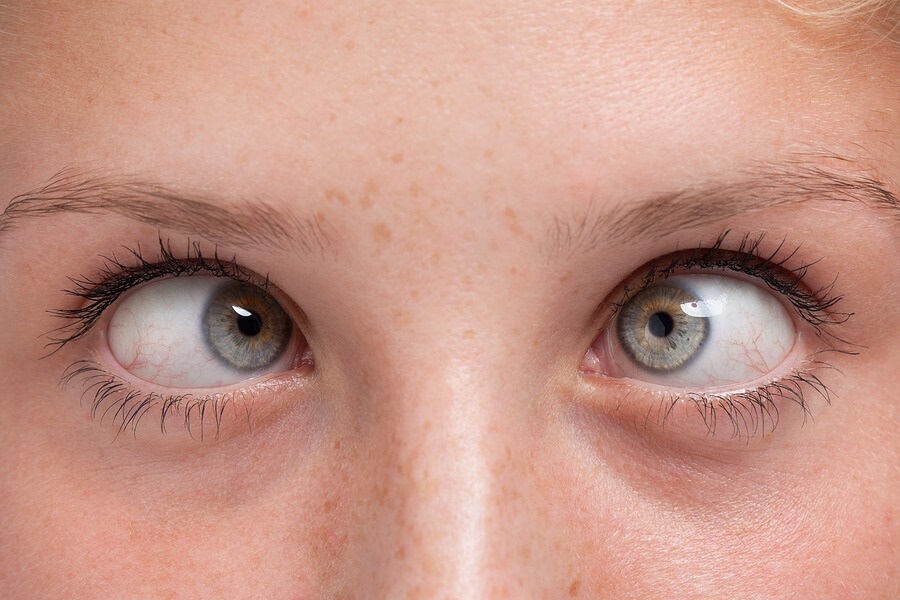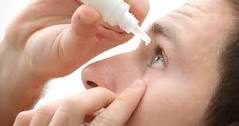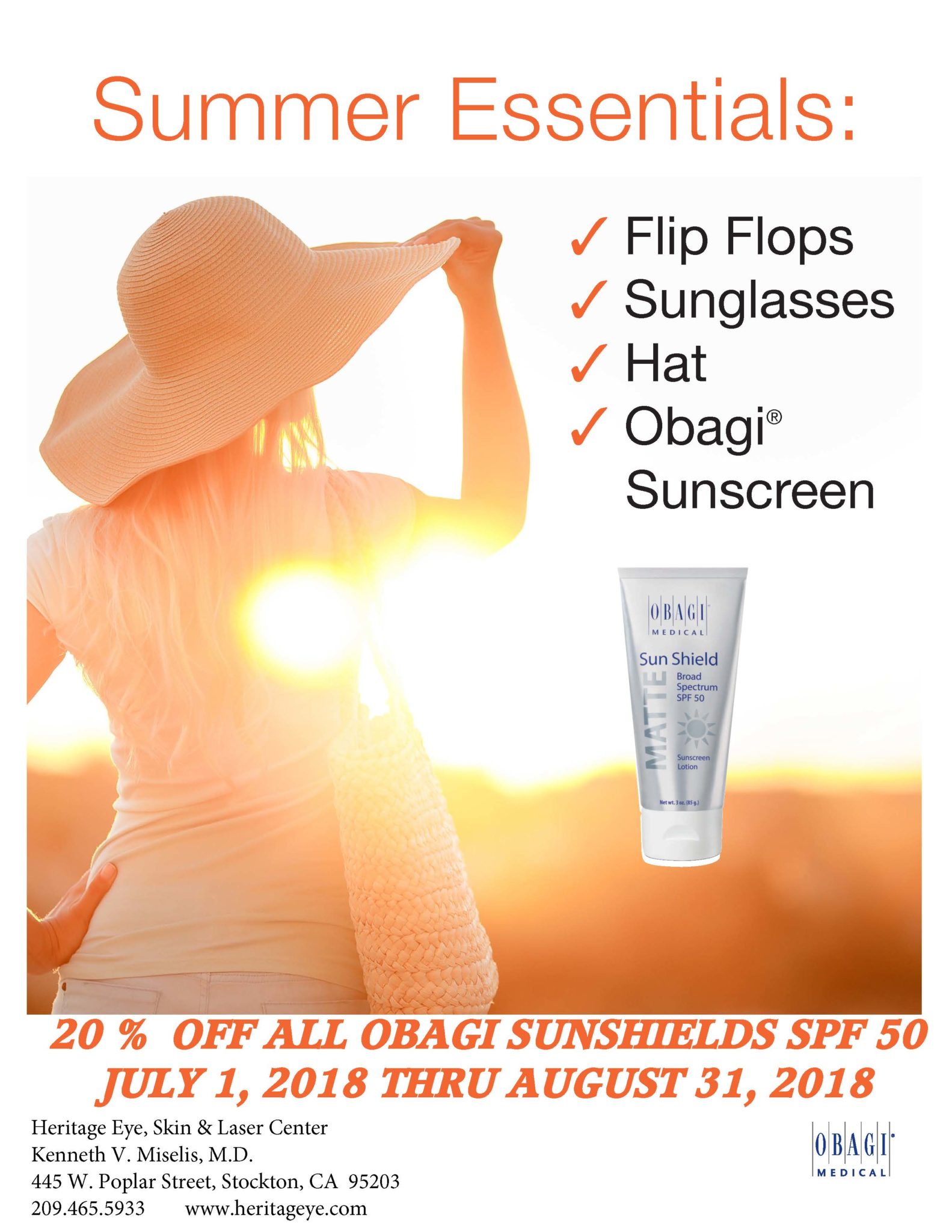

Vision Facts and Myths
Reviewed by: Jonathan H. Salvin, MD
Old wives’ tales abound about the eyes. From watching TV to eating carrots, here’s the lowdown on some vision facts and fiction.
Myth: If you cross your eyes, they’ll stay that way.
Fact: Contrary to the old saying, eyes will not stay that way if you cross them. If your child is crossing one eye constantly, schedule an evaluation by an ophthalmologist.
Myth: Sitting too close to the TV is bad for the eyes.
Fact: Although parents have been saying this ever since TVs first found their way into our homes, there’s no evidence that plunking down right in front of the TV set damages someone’s eyes. The American Academy of Ophthalmology (AAO) says that kids can actually focus up close without eyestrain better than adults, so they often develop the habit of sitting right in front of the television or holding reading material close to their eyes. However, sitting close to a TV may be a sign of nearsightedness.
Myth: If parents have poor eyesight, their kids will inherit that trait.
Fact: Unfortunately, this one is sometimes true. If you need glasses for good vision or have developed an eye condition (such as cataracts), your kids might inherit that same trait. Discuss your family’s visual history with your doctor.
Myth: Eating carrots can improve vision.
Fact: Although it’s true that carrots are rich in vitamin A, which is essential for sight, so are many other foods (asparagus, apricots, nectarines, and milk, for example). A well-balanced diet can provide the vitamin A needed for good vision, says the AAO.
Myth: Computer use can damage the eyes.
Fact: According to the AAO, computer use won’t harm the eyes. However, when using a computer for long periods of time, the eyes blink less than normal (like they do when reading or performing other close work). This makes the eyes dry, which may lead to a feeling of eyestrain or fatigue. So encourage your kids to take frequent breaks from Internet surfing or video games.
Myth: Two blue-eyed parents can’t produce a child with brown eyes.
Fact: Two blue-eyed parents can have a child with brown eyes, although it’s very rare. Likewise, two brown-eyed parents can have a child with blue eyes, although this is also uncommon.
Myth: Only boys can be color-blind.
Fact: It’s estimated that up to 8% of boys have some degree of color blindness, whereas less than 1% of girls do.
Myth: The eye is full size at birth.
Fact: The eye is NOT full size at birth but continues to grow with your child. This growth partially accounts for refractive (glasses) changes that occur during childhood.
Myth: Wearing glasses too much will make the eyes “dependent” on them.
Fact: Refractive errors (near-sightedness, far-sightedness, or astigmatism) change as kids get older. Many variables come into play, but most of this change is likely due to genetics and continues despite wearing glasses earlier or later or more or less. Wearing glasses does not make the eyes get worse.

An incredible 1.6 billion people worldwide suffer from some form of nearsightedness (myopia), which can vary from being mild to severe.
Myopia is the world’s most common eyesight problem, but in the last two decades there has been a significant increase in the number of children being diagnosed with the condition.
Recent research suggests that a quarter of children now need glasses to correct blurred distance vision caused by myopia.
A study carried out has found that a lack of outdoor activity (less than 45 minutes a day) and a general increase in the amount of time (more than 2 hours a day) spent using near vision (video games, computers) can affect eye development in children.
Reducing the risk of myopia
There is a genetic link to the development of myopia, with those who have a familial history of the eye condition being more likely to suffer from it too.
For children who are predisposed to developing myopia, it was suggested that they spend at least 15 hours a week outside and minimize the amount of time doing long stints of activities that require near vision.
Simple changes, such as increasing the amount of time outdoors and limiting the use of liquid crystal monitors at close range (laptops, computer games etc) can help reduce the risk of developing myopia.


By Amy Hellem; reviewed by Gary Heiting, OD
Eye drops are used to treat a wide variety of conditions — from glaucoma and eye infections to allergies and dry eyes. In many cases, eye drops (or “eyedrops”) are essential to preserving your vision and protecting your eyes.
To get the greatest benefit from eye drops, you must use them properly. Whether you need one drop per day or 10, there’s a right way and a wrong way to put eye drops in your eyes.
Your eye doctor or pharmacist may give you instructions that are specific to the prescription eye drops you need. But in most cases, the proper technique for applying eye drops is the same, whether you are using prescription or over-the-counter formulas that you can purchase without a prescription.
Failing to learn how to correctly put drops in your eyes not only can defeat the purpose of having them, it also can get expensive. Each time you miss your eye and have to use more drops than you should, it costs you money — potentially a lot of money in the case of some prescription eye drops.
Step-By-Step Approach ToPutting In Eye Drops
- Wash your hands with soap and water; then dry them with a clean towel.
- If you are wearing contact lenses, remove them. The only exception is if you are using eye drops that are specifically formulated to remoisten your contacts or if your doctor advised you to use the drops in this manner.
- Remove the dropper cap and look closely at the tip to make sure it’s not cracked or otherwise damaged. Do not touch the tip.
- Either lie down or tilt your head back, and look up at the ceiling. Concentrate on a point on the ceiling, keeping your eye wide open.
- Place one or two fingers on your face about an inch below your eye; gently pull down to create a pocket between your lower eyelid and your eyeball.
- Use your other hand to hold the eye drop bottle, pointing the tip downward. Resting your hand on your forehead may help steady it.
- Hold the bottle close to your eye (about an inch away). Be careful not to let the dropper touch your eye or eyelashes, since this can introduce bacteria and other organisms into the eye drops in the bottle.
- Squeeze lightly to instill one drop inside your lower lid.
- Remove your hands from your face, gently close your eyes and tilt your head down for a few seconds. Try not to blink, as this can force some of the drop out of your eye before it has had a chance to be absorbed.
Knowing how to apply eye drops properly will save you time, aggravation and, especially in the case of prescription drops, quite a bit of money.
- To keep as much of the drop on your eye as possible, press lightly on the inner corner of your eyelid, next to your nose. A small duct that drains tears away from your eye and into your nose is located here. By pressing at this point, you close down the opening of this drainage duct, allowing the eye drop to remain on the surface of your eye longer.
This technique also minimizes the funny taste you may get in your mouth after applying certain eye drops.
- Use a clean tissue to absorb and wipe away any drops that spill out of your eye and onto your eyelids and face.
- If you are using eye drops on both eyes, repeat this procedure for the second eye.
- Replace the cap of the bottle and screw it on securely. Never wipe the dropper tip with anything, as this may contaminate the drops.
- Wash your hands to clean away any stray eye drops.
What ToDo If You Need To Use More Than One Eye Drop
Sometimes, you may be prescribed more than one type of medicated eye drop. But if you apply the drops too quickly in succession, they may drip out of the eye and not be absorbed properly, reducing the therapeutic effect.
If you need to put a second eye drop in the same eye, wait at least five minutes. This will give time for the first drop to be fully absorbed and create more space for the second drop on the eye.
If you use both a medicated eye drop and a lubricating eye drop on the same eye, many doctors prefer that you start with the prescription (medicinal) eye drop first and save over-the-counter products, such as artificial tears, for later.
Practice With Artificial Tears
If you aren’t comfortable putting drops in your eyes, a little practice can help you master the task quickly.
Purchase a package of preservative-free artificial tears to use for practice. (Don’t practice with prescription eye drops — you don’t want to risk over-medicating.) Using a preservative-free formula eliminates the risk of you being allergic to preservatives found in many artificial tears. Also, choose a product formulated for mild dry eyes — these drops aren’t as thick as those made for moderate or severe dry eyes, so they won’t cause any temporary blurred vision.
Ask a friend to coach you while you are practicing. In particular, have them help you position the applicator at the proper distance and location above your eye so the drops fall directly on the surface of your eye or in the space between your eye and your pulled-down lower lid.
In less time than you might think, you will become a pro at applying eye drops. Also, it’s a good idea to keep a supply of preservative-free artificial tears on hand. These drops can help relieve discomfort associated with computer eye strain and are soothing at other times when your eyes are tired or dry.

Why your Thanksgiving meal will satisfy your stomach and your health!
There is nothing that brings family and friends together quite like a delicious, hearty home-cooked meal. Dozens of dishes to pass along the table, funny stories exchanged over a famous secret family recipe and the collective feelings of happiness and enjoyment that engulf the end of the meal.
In America, there are plenty of opportunities for these festive feasts―winter holidays, birthday dinners, celebratory occasions. However, there is one meal that takes the cake when it comes to delicious food and good times spent with great people―Thanksgiving.
This meal brings together people from all across the country to sit down and enjoy some of the most delicious, drool-worthy Thanksgiving classics: Yams, pumpkin pie, stuffing, honey-baked ham, mashed potatoes and gravy and, of course, turkey. Just thinking about these delectable dishes is enough to make your stomach growl and your eyes grow large. After all, Thanksgiving is the one time of the year where you can guarantee your eyes will be bigger than your stomach.
However, once the meal is over and you have eaten more food than is comfortable, do not feel guilty about all of those plates and side dishes that you consumed. There are many health benefits that come with Thanksgiving dinner, especially when it comes to your eyesight and vision health. Here are just a few classic Turkey Day dishes that will leave your eyes searching for more:
Sweet Potatoes
This delicious, savory dish is a favorite of children and adults alike (especially when you add a little brown sugar and toasted marshmallows to the recipe… yum!). However, it doesn’t just satisfy your taste buds. These hearty potatoes are packed full of nutrients, including vitamin A, potassium, vitamin C and vitamins B5 and B6.
Vitamin A is an essential nutrient for good optical health and helps to stop the process of macular degeneration and age-related problems in the cornea and retina. Vitamin C also aids in the process of this, while also helping to reduce your risk of developing cataracts.
Turkey
No Thanksgiving is complete without a delicious turkey in the center of the table. Luckily, this holiday classic is loaded in zinc, which offers many different benefits for our vision. Not only can zinc significantly reduce the risk of advanced age-related macular degeneration (AMD) and its associated vision loss, but it also has a significant effect on the development and progression of cataracts. Turkey is also considered a good source of vitamins B3 and B6.
Cranberries
Whether you include this delicious berry into your pies, your side dishes or atop your turkey, this beneficial fruit can help to protect your eyes from many different types of eye conditions. For instance, the nutrients vitamin A and vitamin C in cranberries helps to prevent cataracts and MAC, conditions which both result in dangerous vision changes or even vision loss.
This Thanksgiving, whether you plan to spend the day relaxing with your family, watching some holiday football or gearing up for the chaotic Black Friday sales, be sure that you leave plenty of room in your time and schedule for your Thanksgiving feast. Consuming these classic Turkey Day concoctions will not only keep your stomach full and satisfied, but will also help promote healthy eyes and vision for many holidays to come .
.








